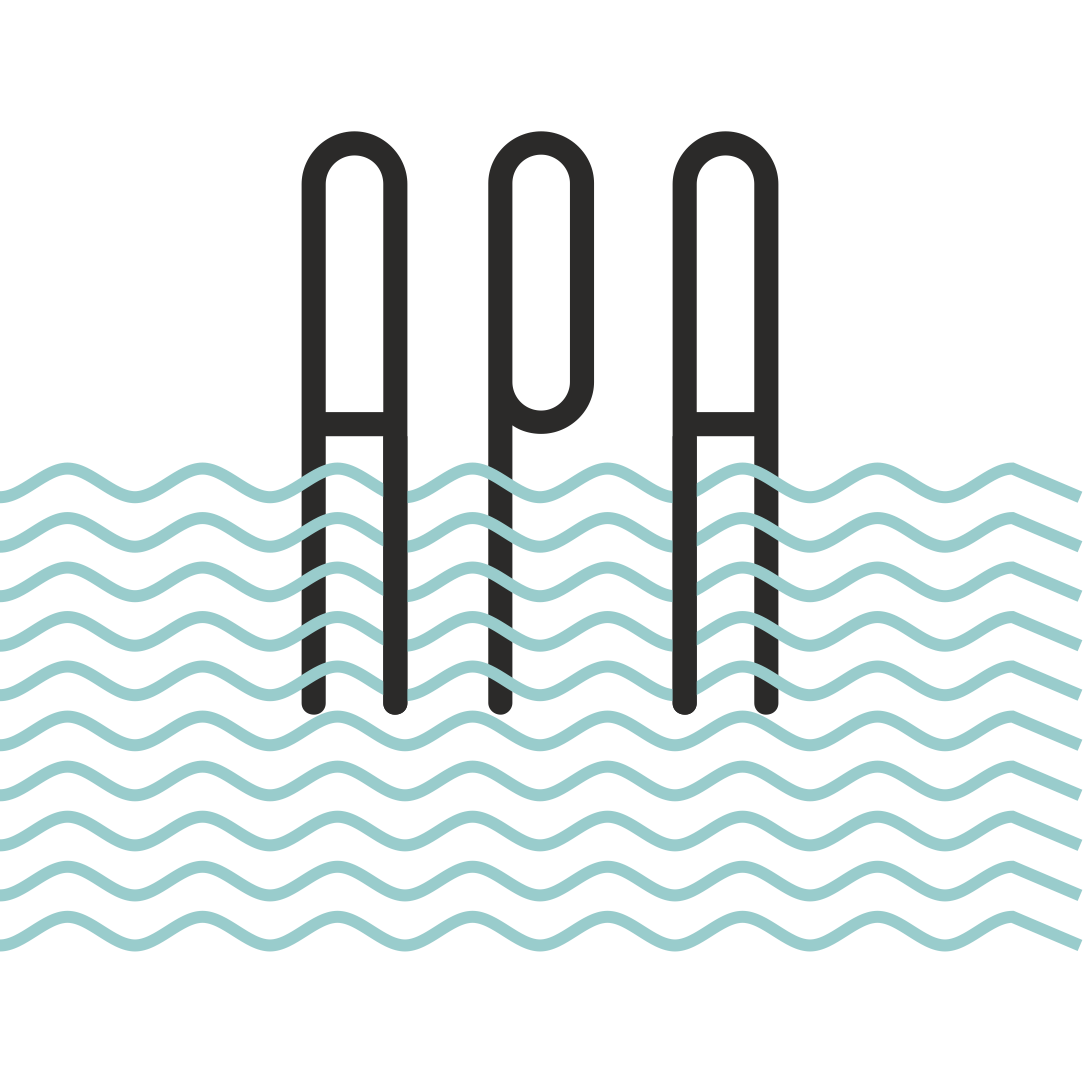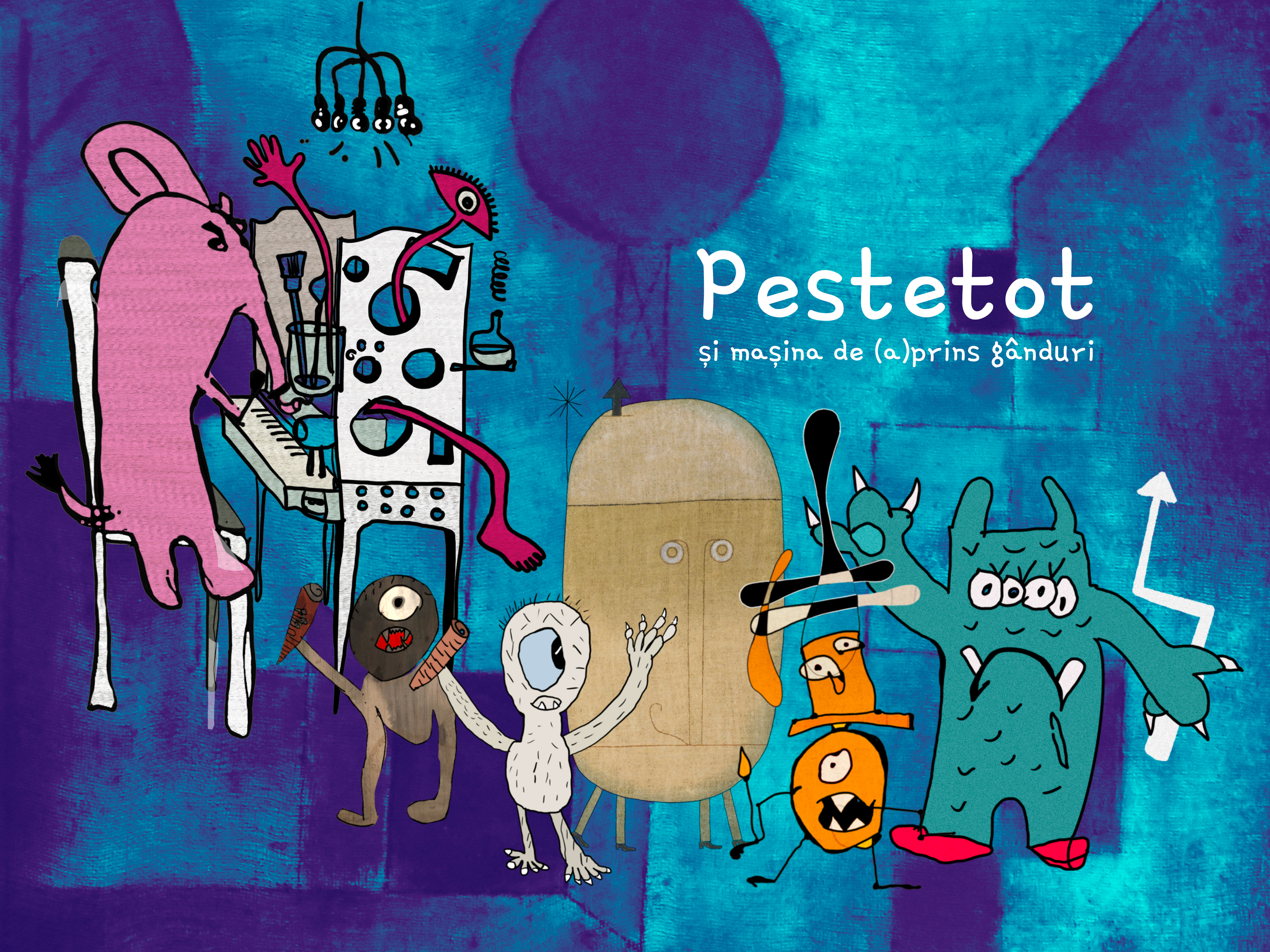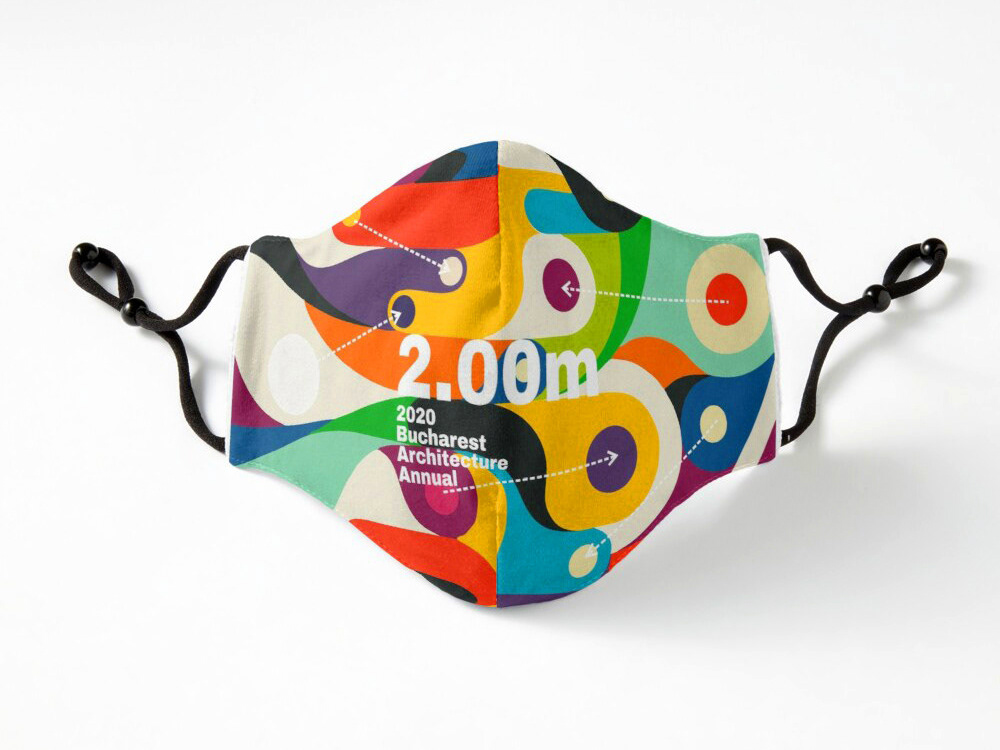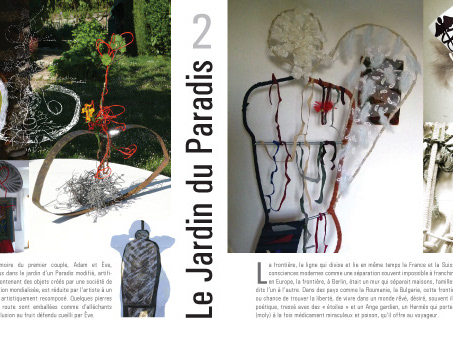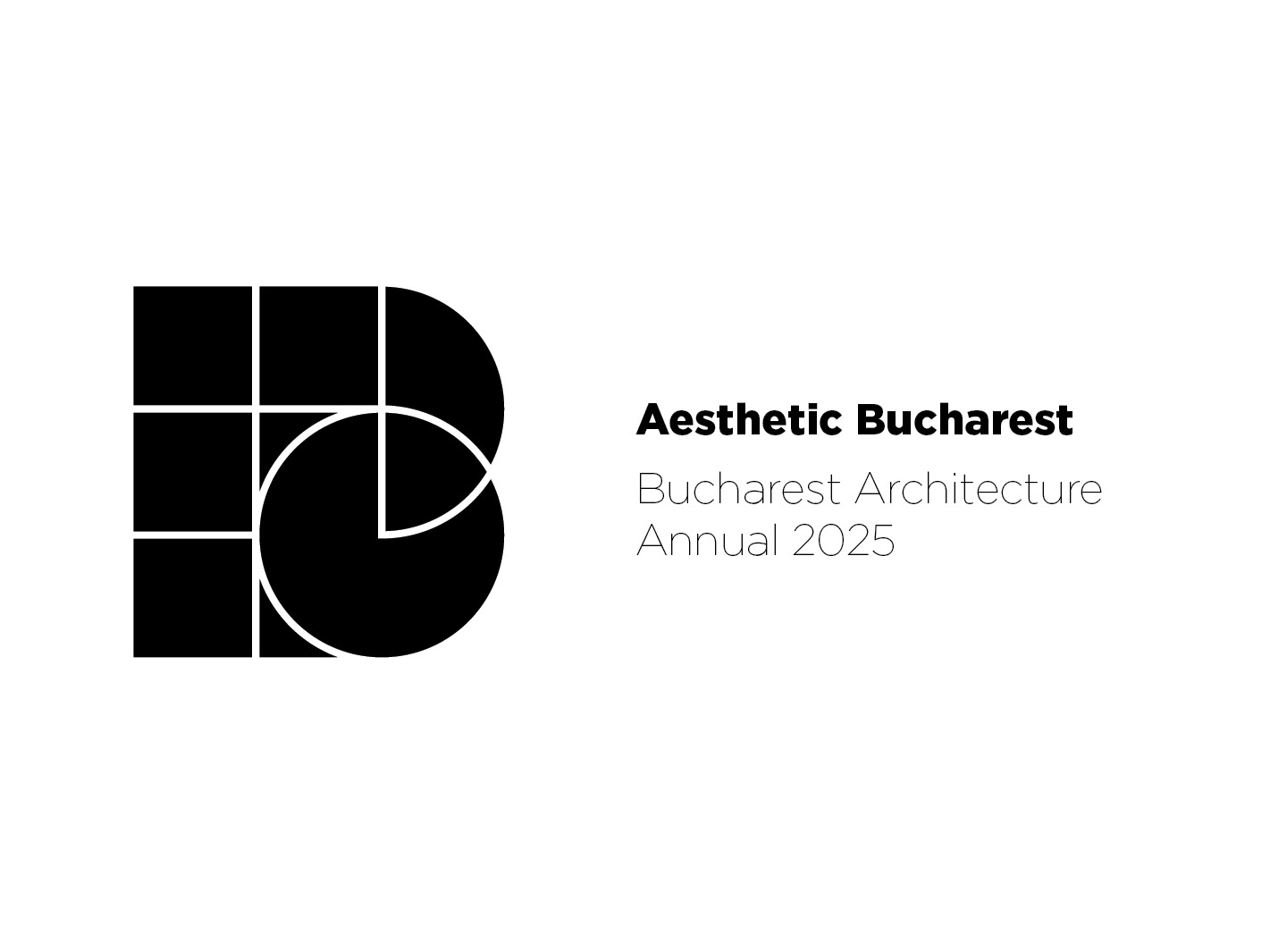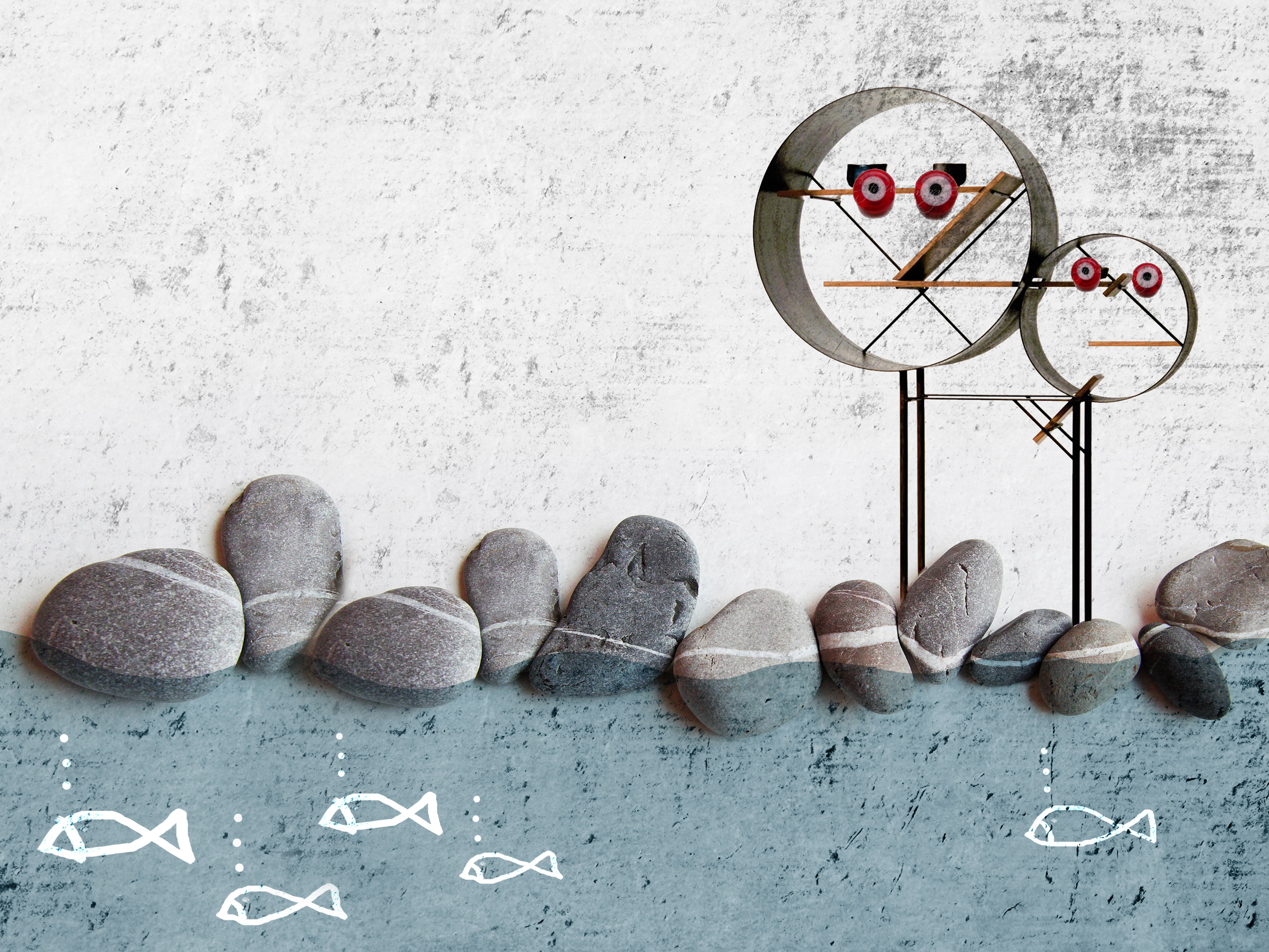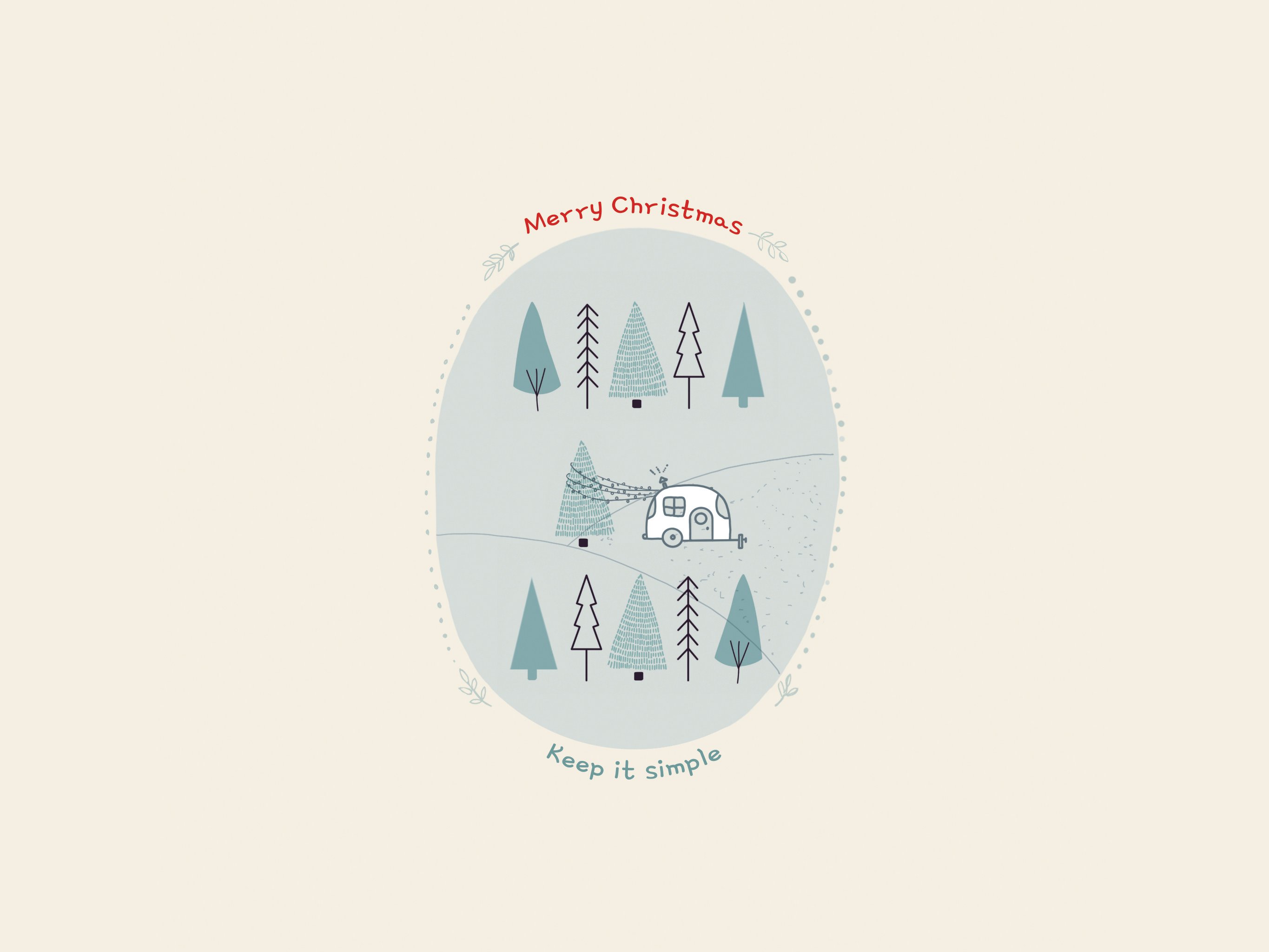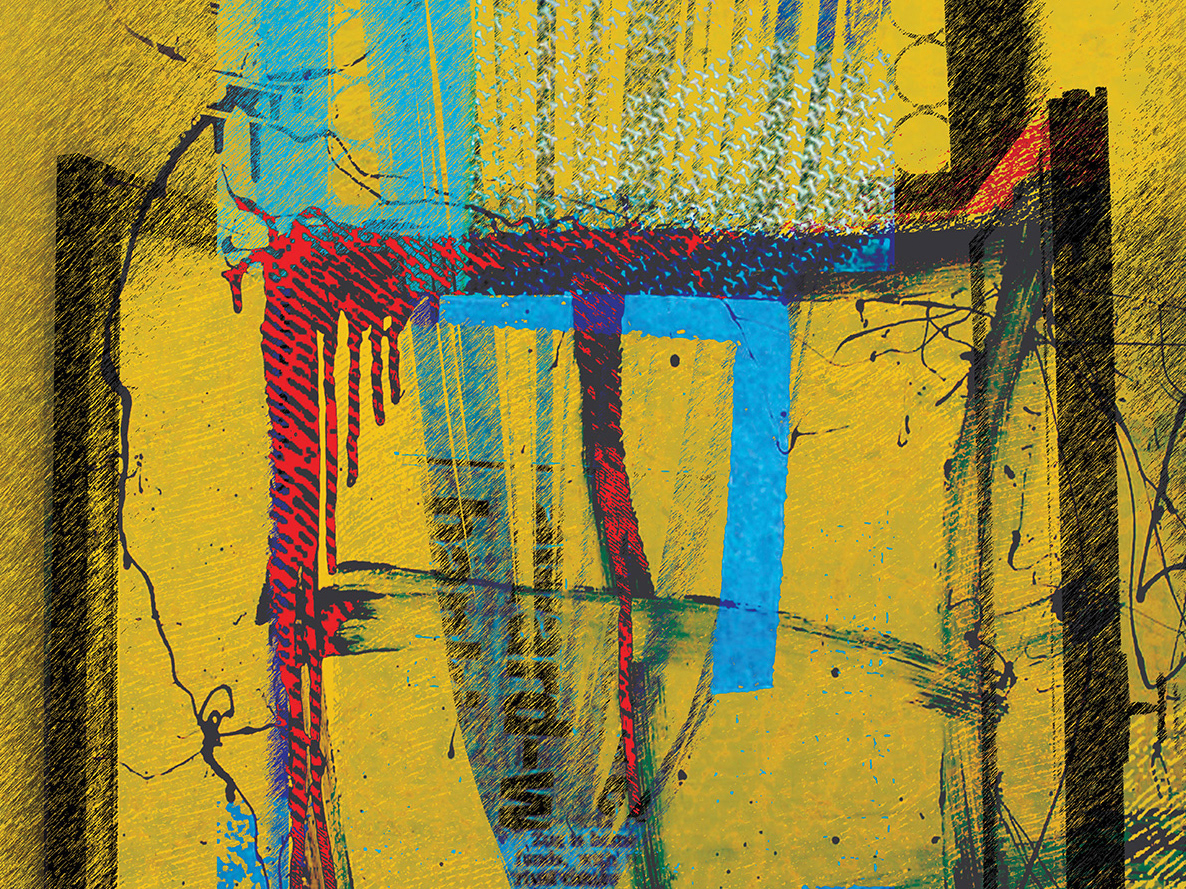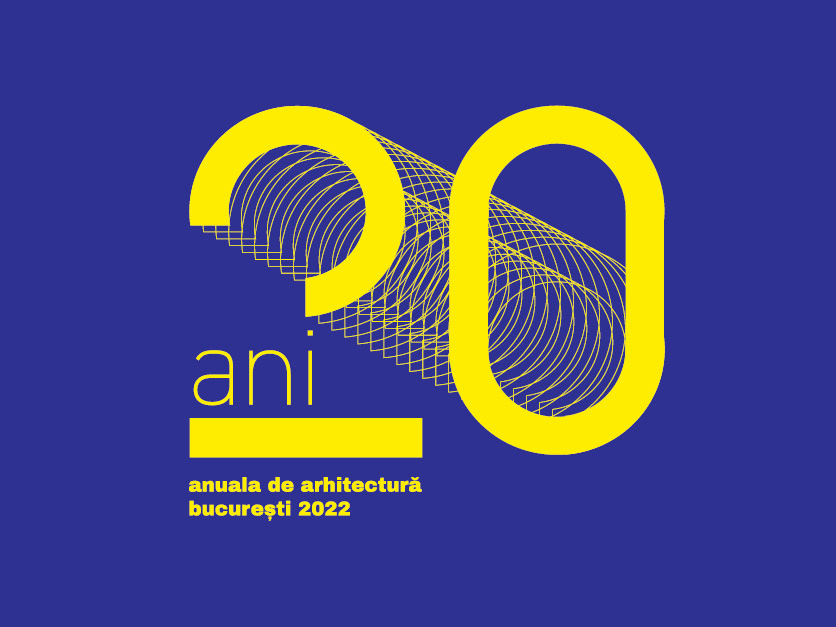The film is a brief look at the Bauhaus movement with a focus on 6 characters of Swiss origin or nationality: Paul Klee, Max Bill, Johannes Itten, Gunta Stölzl, Florance Henri.
The suite of steps that build the film connects with the exhibition "Pas de deux" and its theme of "double" through the Swiss photographer Florance Henri, who photographically built portraits of Bauhaus representatives and is known for using mirrors at unusual angles to create distorted photos. The manipulation of mirrors, prisms and reflective objects to frame, isolate, duplicate and otherwise interact with subjects is one of the distinctive themes of his photographic work, whose complex and disorienting compositions that produce spatial and psychological ambiguity are known as virtuous examples of formal experimentation. and techniques of photography at the Bauhaus.
The film revolves around these characters, using the collage as a video technique, built in a series of frames with fixed connecting elements, deconstructed diffusely to the next image, gathering together elements extracted from the archives of the time.
Starting from Paul Klee's sketchbooks - a rich source of information about Bauhaus movement, the film introduces in parentheses a focus on the German Bauhaus art school and the period 1919 - 1933, pointing out the images for which it was famous - famous furniture, graphic design, architecture, costumes, masks, textiles, music and fine arts - a quick look at the images of the time, without wanting to be a synthesis.
The film ends with the artist Gunta Stölzl, returning to the idea of textile art, thus making the inverse connection with artist Delia Perrois and the exhibition "Pas de deux".
***
Filmul este o scurtă privire asupra mișcării Bauhaus, cu accent pe 6 personaje de origine sau naționalitate elvețiană: Paul Klee, Max Bill, Johannes Itten, Gunta Stölzl, Florance Henri.
Suita de pași care construiește filmul se conectează cu expoziția „Pas de deux” și tema sa a „dublului” prin fotografa elvețiană Florance Henri, care a construit fotografic portrete ale reprezentanților Bauhaus și este cunoscută pentru utilizarea oglinzilor în unghiuri neobișnuite pentru a crea distorsiuni fotografii. Manipularea oglinzilor, prismelor și obiectelor reflectorizante pentru a încadra, a izola, a duplica și a interacționa în alt mod cu subiecții este una dintre temele distinctive ale operei sale fotografice, ale cărei compoziții complexe și dezorientante care produc ambiguitate spațială și psihologică sunt cunoscute ca exemple virtuoase de experimentare formală . și tehnici de fotografie la Bauhaus.
Filmul se învârte în jurul acestor personaje, folosind colajul ca tehnică video, construit într-o serie de cadre cu elemente de conectare fixe, deconstruite difuz către imaginea următoare, adunând elemente extrase din arhivele vremii.
Pornind de la caietele de schițe ale lui Paul Klee - o sursă bogată de informații despre mișcarea Bauhaus, filmul introduce între paranteze un accent pe școala germană de artă Bauhaus și perioada 1919 - 1933, subliniind imaginile pentru care era renumită - mobilier celebru, design grafic , arhitectură, costume, măști, textile, muzică și arte plastice - o privire rapidă asupra imaginilor vremii, fără a dori să fie o sinteză.
Filmul se încheie cu artista Gunta Stölzl, revenind la ideea de artă textilă, făcând astfel legătura inversă cu artista Delia Perrois și expoziția „Pas de deux”.
Filmul se încheie cu artista Gunta Stölzl, revenind la ideea de artă textilă, făcând astfel legătura inversă cu artista Delia Perrois și expoziția „Pas de deux”.
